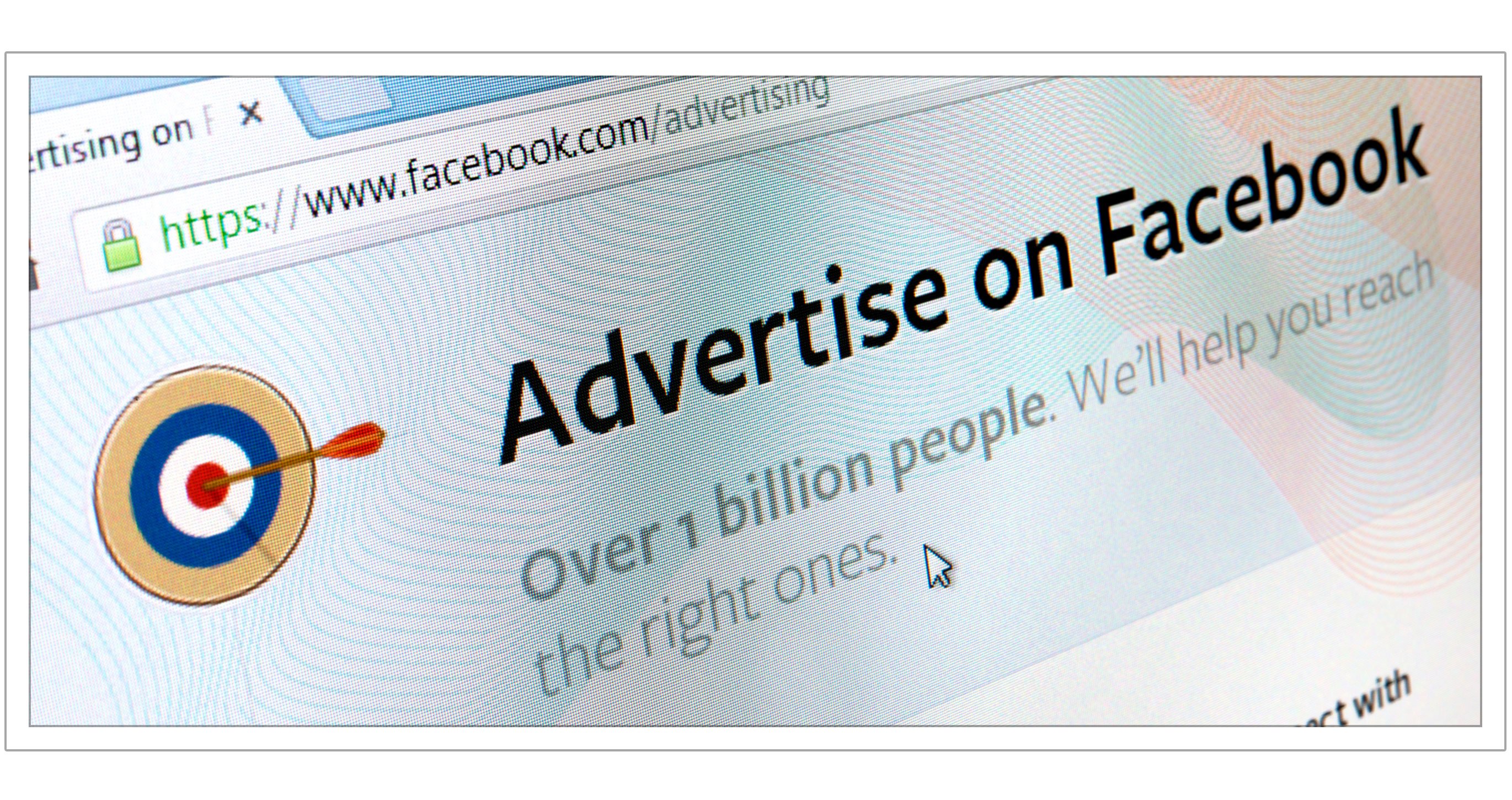
Think about your morning commute or a route you drive often. There’s this one billboard you pass a couple of times each week. You notice it and read it a few times, then continue on your way.
Now imagine that same billboard is on every corner. You see it everywhere you go—driving to work, stopping at the grocery store, on top of your favorite restaurant. Five times a day. Ten times a day. Eventually, the ad starts to drive you crazy.
This is the root of Facebook PPC delivery frequency: finding the balance between “just enough” and “too much.” It’s like the Goldilocks rule of PPC advertising. If your audience sees an ad too often, it’s too much and will annoy you. If they only see it once, it’s “not enough” and might not leave a lasting impression. But if you can find the happy middle ground, it’s “just right.”
The frequency equation
Frequency is the number of impressions (the number of times your ad was displayed) divided by the reach (the number of unique users your ad reached). Or, as Facebook puts it, frequency is “the number of times each person sees your ad.”
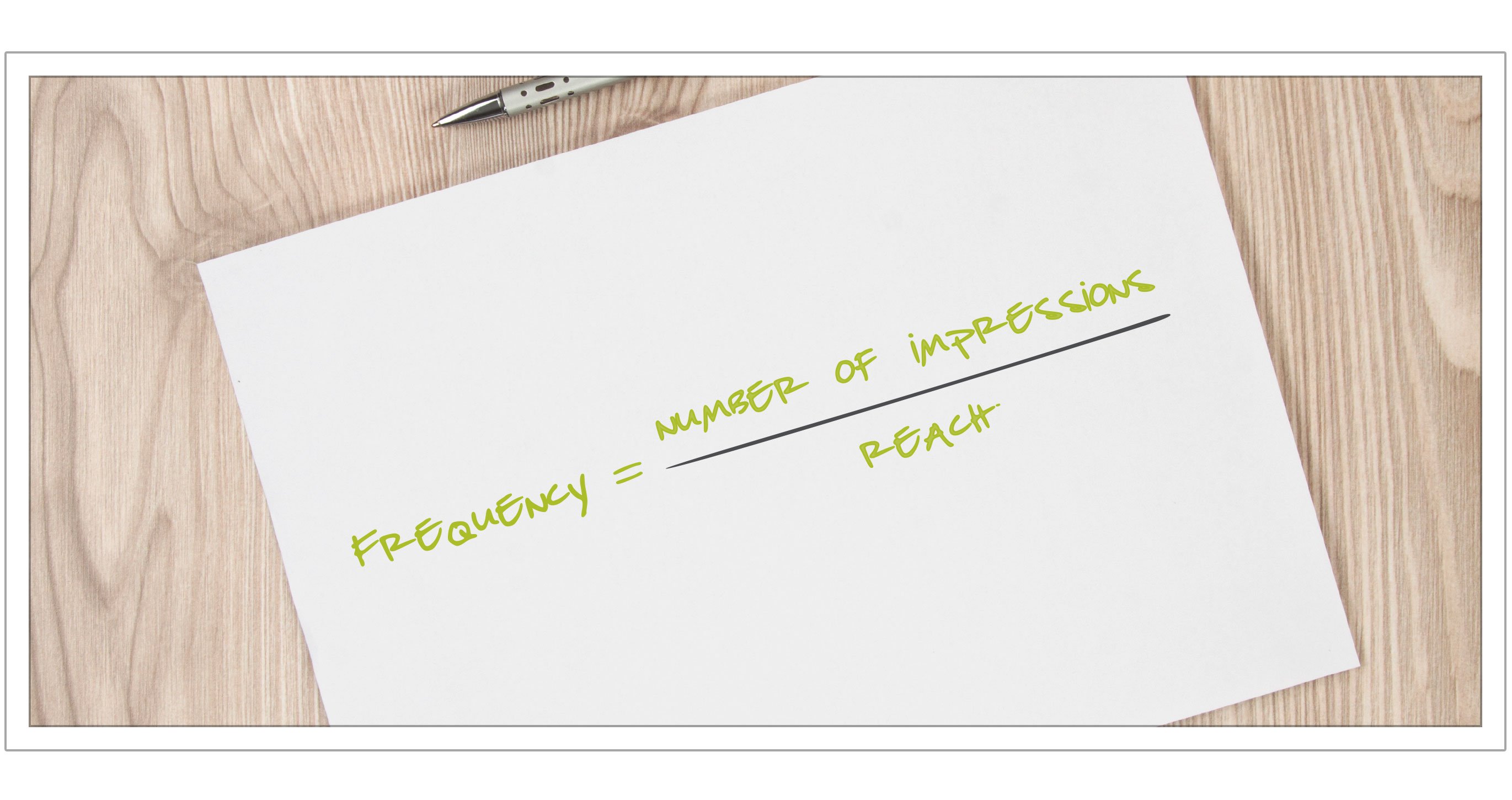
Facebook tracks frequency over several timeframes: by day, week, month, or whatever period you prefer.
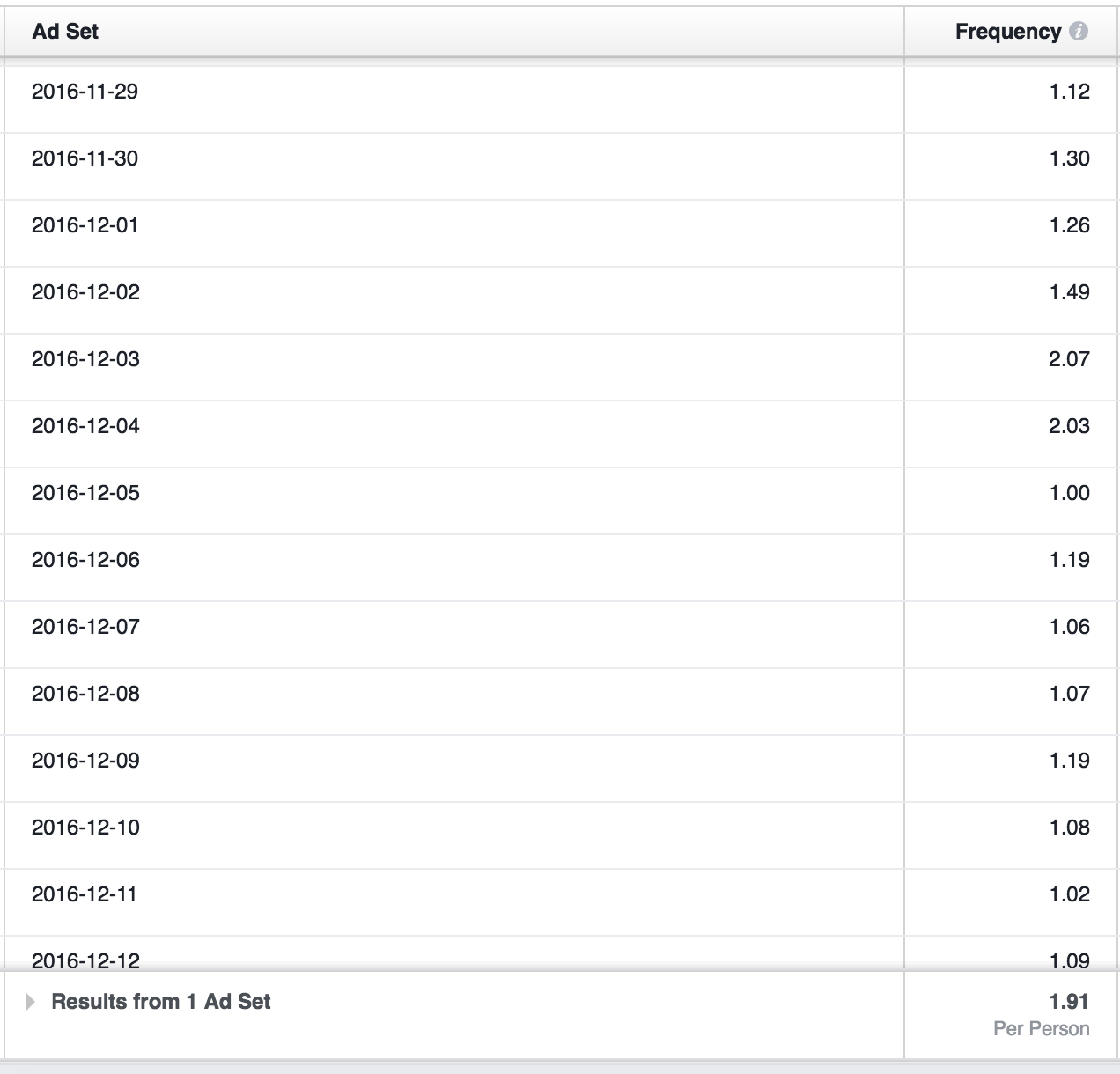
When creating Facebook ads, businesses often focus heavily on good visuals, catchy copy, and a strong call to action — all important factors. However, it’s just as important to consider the less obvious elements that could impact the success of your ads, like the settings that affect frequency.
Walking the fine line between “too much,” “too little,” and “just right”
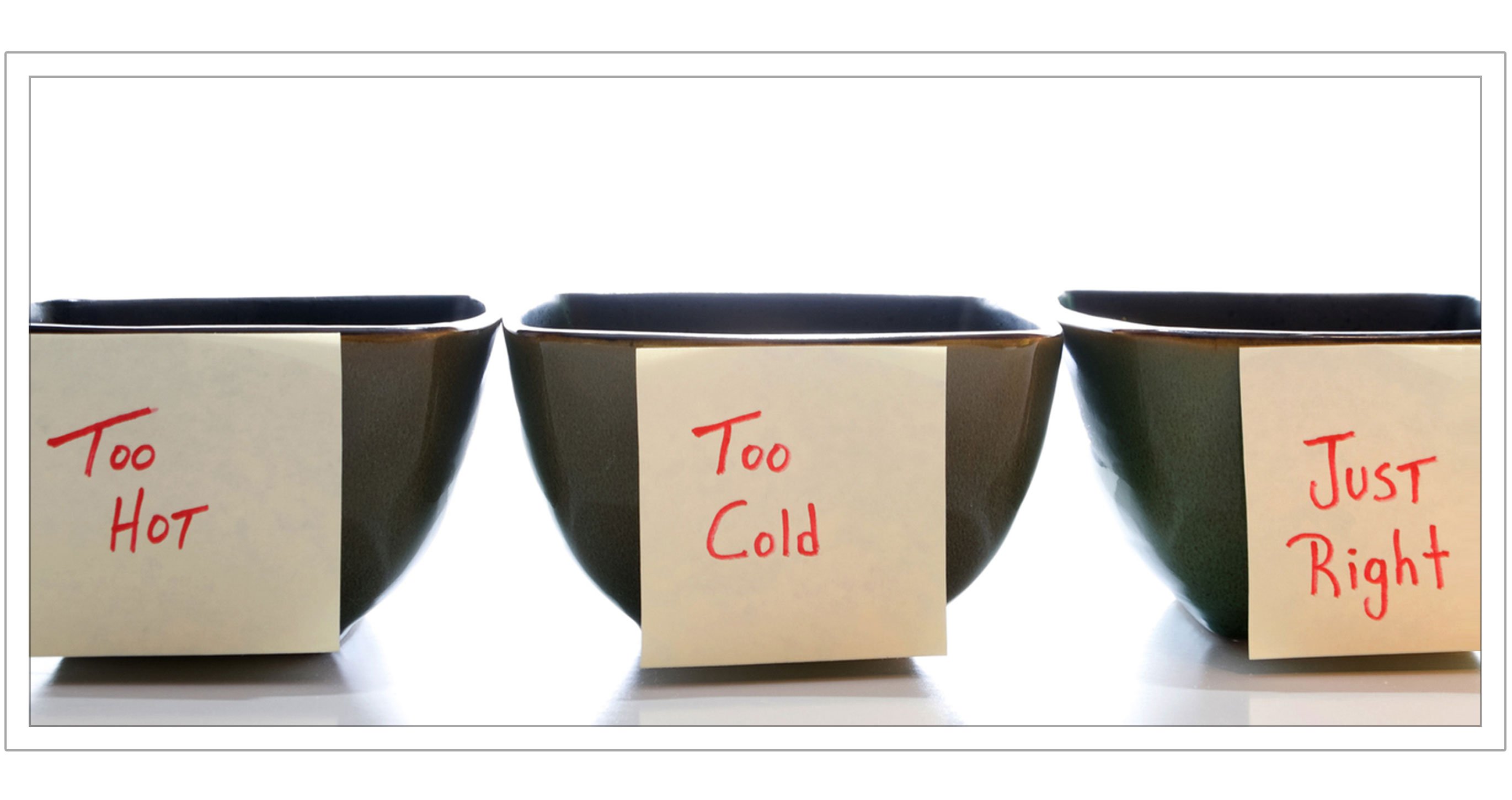
Like the images you design, the copy you write, and your call to action, the best frequency depends on your audience and the timeframe.
If you’re looking at a window of just a few days, lower frequencies are OK because a person may have just seen your ad once in the last few days. If you’re looking at a span of 3 months, higher frequencies might work because the amount of time between each view could be days or weeks.
As you’re viewing the frequency in Facebook Ad Manager, think of the metrics like this as a rule of thumb:
Low frequency (1) = not enough
If your frequency score is around 1, that means most people are only seeing your ad once (not enough times to remember it or take action) because your audience is too broad. To increase the frequency, you’ll need to narrow down your audience so your ads are only served to a specific group of people.
High frequency (4+) = too much
If your frequency score is over 4, that means people may be seeing your ad too much and developing banner blindness. Your audience is too narrow, so consider expanding the parameters and/or changing your ad copy and design more often so users aren’t seeing the exact same ad over and over.
Mid-range frequency (2-4) = just right
The sweet spot for delivery frequency varies based on your industry and the timeframe, but our general rule of thumb is to maintain a frequency of 2-4. At this point, people are seeing your ads enough times to resonate, but not so much that they’re annoying or overlooked.
Finding the frequency sweet spot by adjusting your audience or ad content
To change your Facebook PPC delivery frequency, you can either adjust your audience or your budget.
Start by diversifying your audience. Explore new demographics, interests, countries, and more. It will help avoid exhausting your existing audience, while introducing you to a whole new market of potential customers.
We recommend adjusting your demographics (broaden them to reduce frequency or narrow them to increase it). Then, branch out and modify behaviors and interests.
Keep in mind that budget is another lever you can play with. If your budget is $5/day and your audience broad, your reach is going to be small. You won’t have to worry about over-reaching viewers. Instead, you have to worry about not being seen enough. However, if you narrow your audience while keeping your budget small, you risk overexposure. Think of it this way:
Keeping your audience size the same + a bigger budget = a higher frequency
Sometimes, there’s no such thing as “too much”
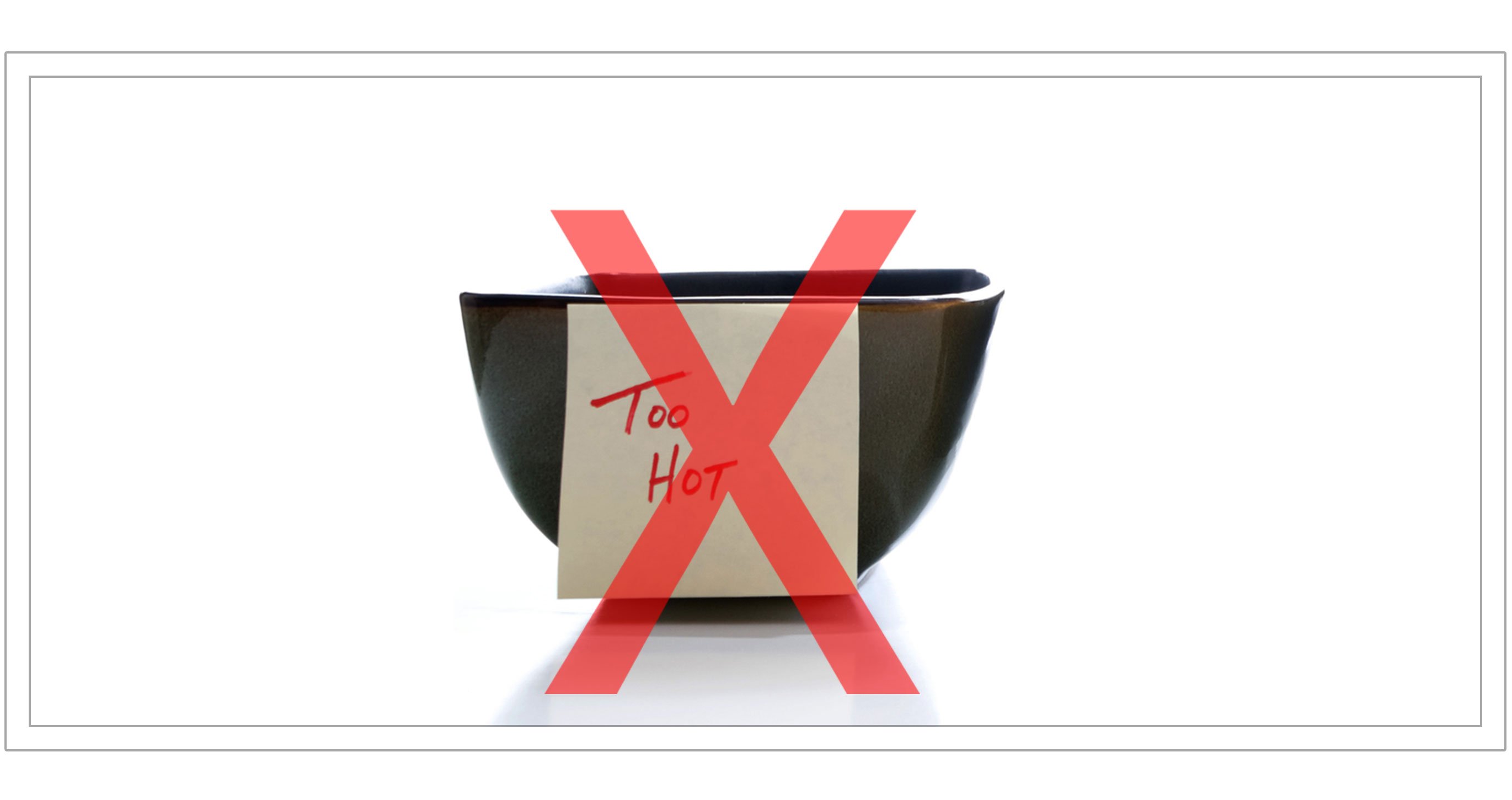
In some cases, high frequency isn’t a bad thing when the time period is short. Take these two real-world examples of ParaCore clients:
- A mall is promoting a sought-after store opening, and they want to attract consumers to do their holiday shopping at the new store. We set up Facebook ads to target people within a certain radius of the mall so they see the ads often, but only for a few weeks leading up to the store opening.
- An exhibitor at a three-day conference wants to drive attendees to visit their booth, so they create a Facebook ad campaign to target people in and around the convention center for the three days when the tradeshow floor is open.
In situations like these, a high frequency is expected and appropriate because you’re trying to get a lot of impressions within a short period of time and a close proximity.
The only downside is that it’s tough to track the impact of any changes you make to the campaign because each update resets the algorithm. If your campaign is only set up for a few days, we recommend not making many changes to avoid this reset. However, if your campaign lasts for at least a few weeks, there’s a way around it:
Let’s say you’re on the marketing team of the shopping mall above. If your campaign isn’t performing, as your agency, our team at ParaCore might create a new ad or ad set instead of changing existing ads. That way, we can serve new ads to the same target audience, without losing the data from the original ad set. Win-win!
Want to find the frequency that’s “just right” for your business?
We’re here to help. Contact us for a bit of free advice on help you reach your perfect audience at the perfect frequency.
Related Posts
- The Ultimate Guide on Creating a Facebook Ads Strategy in 2023
- Facebook Ads Best Practices In 2023
- How To Create an Effective Landing Page for Facebook Ads
- How To Optimize Facebook Ads for The Highest ROI
- Facebook Ads for Small Businesses: The Most Bang For Your Buck
- Facebook Ads vs Boosted Posts: Which Is Better For You?
- The Facebook-Ad Checklist to Review Before Launching Any Campaign
- Are Facebook Ads Worth it? Pros and Cons of Facebook Ads
- What is a Good ROAS for Facebook Ads?
- How to Write FaceBook Ad Copy That Sells
- Facebook Business Manager Overview
- Increase ROAS with Facebook Lookalike Audiences
- Why You Should Use Campaign Budget Optimization
- Is the Conversion or Traffic Objective Right for Your Campaign?
- Build Lookalike Audiences Using Lead Ads
- Connecting Your Lead Form to Your CRM
- How to Find Lead Forms in Facebook
- Facebook Retargeting Strategy
- Overview of Facebook Objectives & Ad Formats
- Facebook Ad Frequency 101
- How to Organize Your Facebook Ads Campaign




